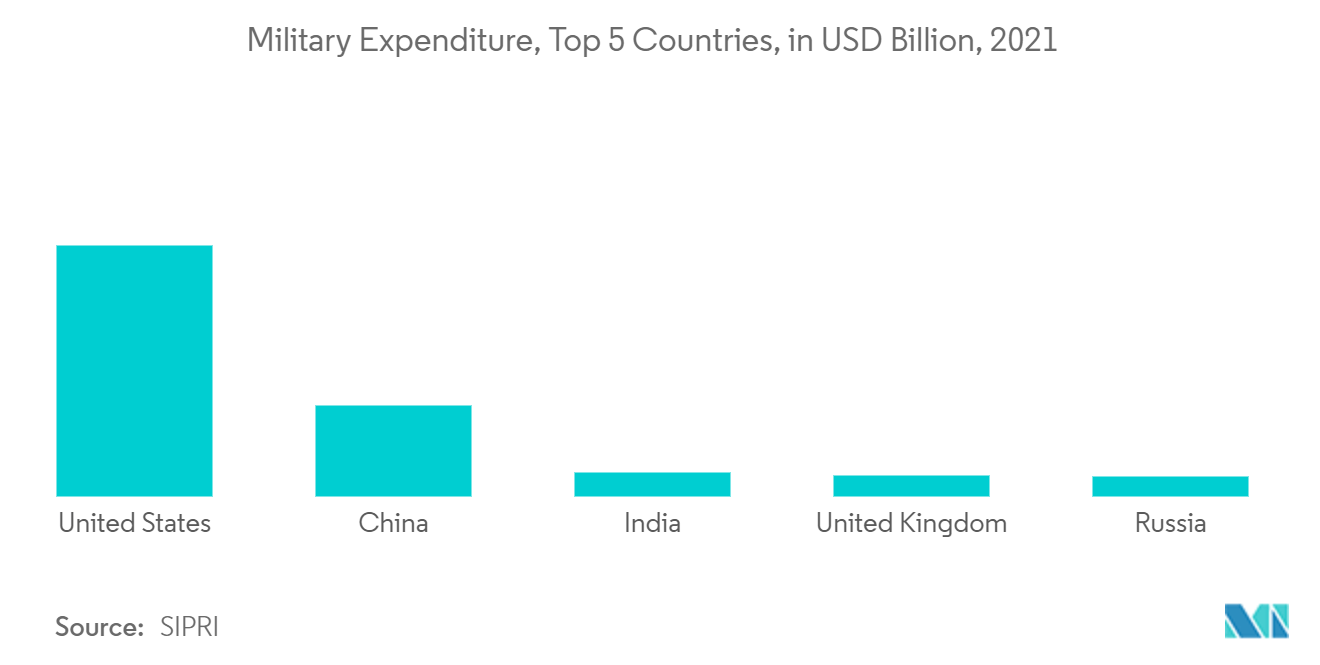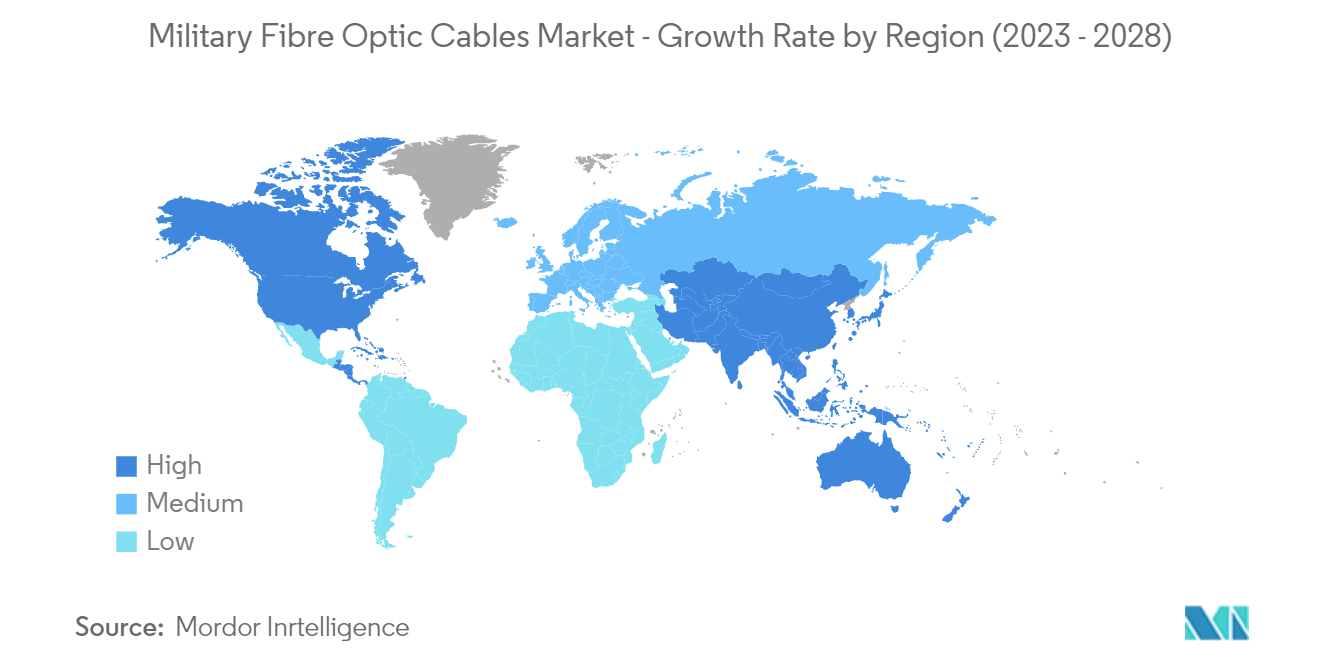Market Trends of Military Fibre Optic Cables Industry
Plastic Optical Fiber to Dominate Market Share
The plastic optical fiber segment is expected to dominate market share during the forecast period as they possess transmission capabilities that can address the needs of bandwidth-intensive applications of the military. Plastic fibers play an important role in military communication networks and data transmission. These types of cables are widely adopted by the military of developing nations to upgrade their military systems. Plastic optical fibers are made of simpler and less expensive components, and exhibit greater flexibility, and resiliency to bending, shock, and vibration in comparison to glass optical fiber cables. The use of fiber optic cables is helping the militaries in gaining new capabilities and increased performance to retain the advantage over their adversaries. New generations of almost all types of fighter aircraft are equipped with fiber-optic networks throughout their airframes that support many aircraft operations. For instance, there are more than 300 fiber-optic connections in an F-35 aircraft. Thus, the advantages of plastic optical fiber over glass optical fiber are driving the demand for such cables during the forecast period.

North America iExpected to Lead Market Share
North America is expected to hold the largest share of the military fiber optic cables market and is also expected to continue its dominance in the market during the forecast period. The main reason for the higher revenue share of the region is the high demand for military fiber optic cables from the US. The US military uses fiber optic cables spanning several miles for tactical communication across the oceans. Also, fiber optic cables are also used in a variety of US military aircraft, naval ships, submarines, and other manned and unmanned platforms that are deployed by the US defense forces. Several new systems that use fiber optic cables are also being developed for the US military. For instance, BAE Systems plc is developing a dual-band fiber-optic towed decoy (FOTD) for the US Navy, that will protect pilots from advanced radar and missile threats. The new decoy will interface with the aircraft's onboard electronic warfare (EW) equipment and also has the capability to operate independently to enhance its effectiveness against threats. Such developments are expected to propel market growth in the region.


